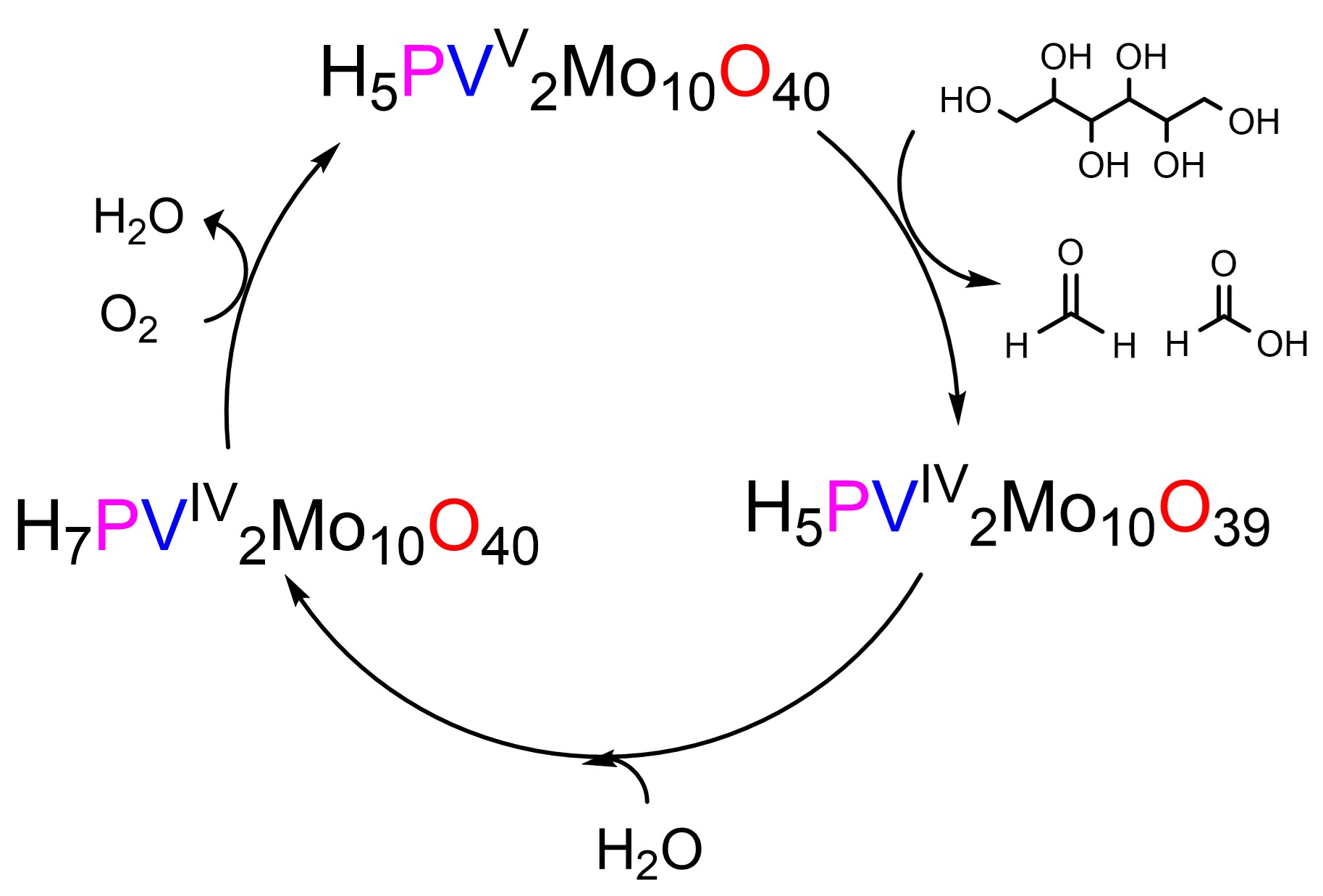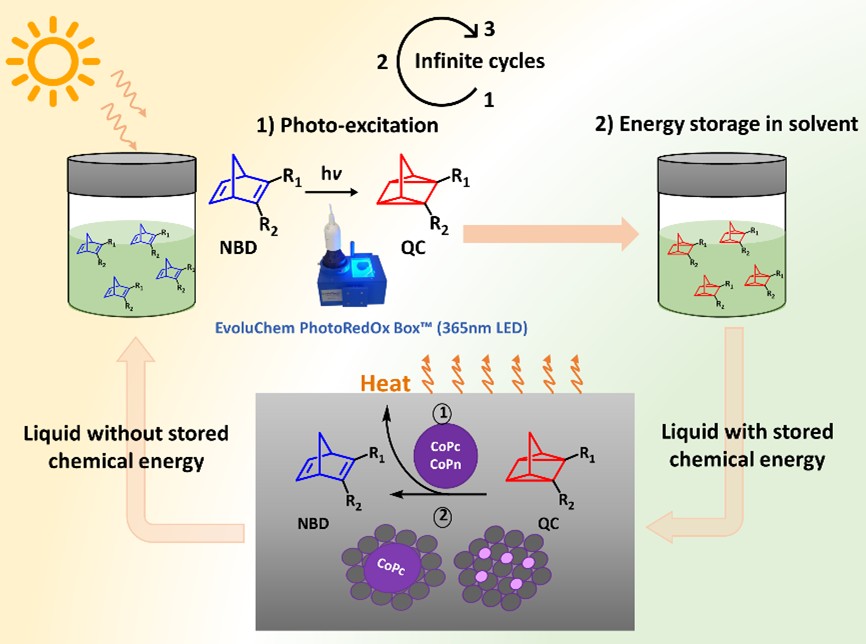LCC
Homogeneous catalysts for fine chemicals and energy
We are developing new organometallic and supramolecular catalysts (host-guest complexes) for enantioselective cascade reactions such as asymmetric hydroaminomethylation.
Beyond atom-economic reactions, in the context of current green chemistry and solar energy storage requirements, we are also developing new catalysts for biomass conversion (platform molecule synthesis), plastic recycling, reversible dihydrogen storage (LOHC, (de)hydrogenation), as well as photoisomerisation reactions for solar energy storage.
Asymmetric hydroaminomethylation (HAM) reaction. We are studying asymmetric hydroformylation/reductive amination and asymmetric hydroformylation/condensation/asymmetric hydrogenation cascades to design new chiral organometallic systems with high activity and excellent selectivity.

Fig. Tandem hydroaminomethylation reaction for synthesising amines from alkenes. Credit: Philippe Serp
References
- Highly efficient palladium-catalyzed carbonylation reactions of terpenes, Oukhrib A., Kalck P., Urrutigoïty M., Coord. Chem. Rev. 2025, 531, 216453/1-10., 10.1016/j.ccr.2025.216453 – hal-05068408, https://doi.org/10.1016/j.ccr.2025.216453
- Recent advances in the methanol carbonylation reaction into acetic acid, Kalck P., Le Berre C., Serp P., Coord. Chem. Rev. 2020, 402, 213078, https://doi.org/10.1016/j.ccr.2019.213078
Biomass conversion

Fig. Polyoxometalate mediated oxidation of polyols derived from biomass into formic acid and formaldehyde. Credit: Bidyut B. Sarma
- We are developing the synthesis of new bio-based nitrogenous monomers for the synthesis of biopolymers, as well as an industrial approach to glucose hydrogenolysis (synthesis of platform molecules).
- Conversion of biomass-derived molecules into platform molecules using polyoxometalates.
Flow photochemistry and photoisomerisation for solar energy storage
- We focus on the use of microreactors (micro-scale flow chemistry) for photochemical syntheses, as these are highly scale-dependent. Our model reaction was initially [2+2] cycloaddition. Our work has enabled us to improve our fundamental understanding of the elementary phenomena involved and to identify and quantify the phenomena that promote or limit them. The methodology developed makes it possible to envisage a change of scale (industrial production, for example) and to support the transposition of photochemical reactions from batch to continuous reactors.
- We also study photo-oxygenation reactions involving singlet oxygen generated by photosensitisation of oxygen using a dye called a photosensitiser (PS). The issues associated with the use of a photosensitiser (stability, efficiency, regeneration, recycling) are similar to those encountered with a catalyst.
Reference
Efficient Photooxygenation Process of Biosourced α-Terpinene by Combining Controlled LED-Driven Flow Photochemistry and Rose Bengal-Anchored Polymer Colloids
R. Radjagobalou, J.-F. Blanco, L. Petrizza, M. Le Bechec, O. Dechy-Cabaret, S. Lacombe, M. Save, K. Loubiere
ACS Sustainable Chem. Eng., 2020, 8, 50, 18568–18576. DOI
- We are also interested in MOST systems, which are A/B switchable chemical systems capable of (i) converting solar energy into storable chemical energy via a photochemical transformation from A to B and (ii) releasing the stored energy on demand in the form of heat via the reverse catalytic transformation from B to A. In this context, the work carried out by our team focuses in particular on the preparation and evaluation, in batch and continuous micro-scale, of catalysts for the reverse reaction from B to A for Norbornadiene/Quadricyclane (NBD/QC) systems.

Fig. Catalysts for MOST systems: reversible thermal energy storage. (Credit @Odile Dechy Cabaret)
LCC CNRS
Laboratoire de chimie de coordination du CNRS
205 route de Narbonne, BP 44099
31077 Toulouse cedex 4
France




